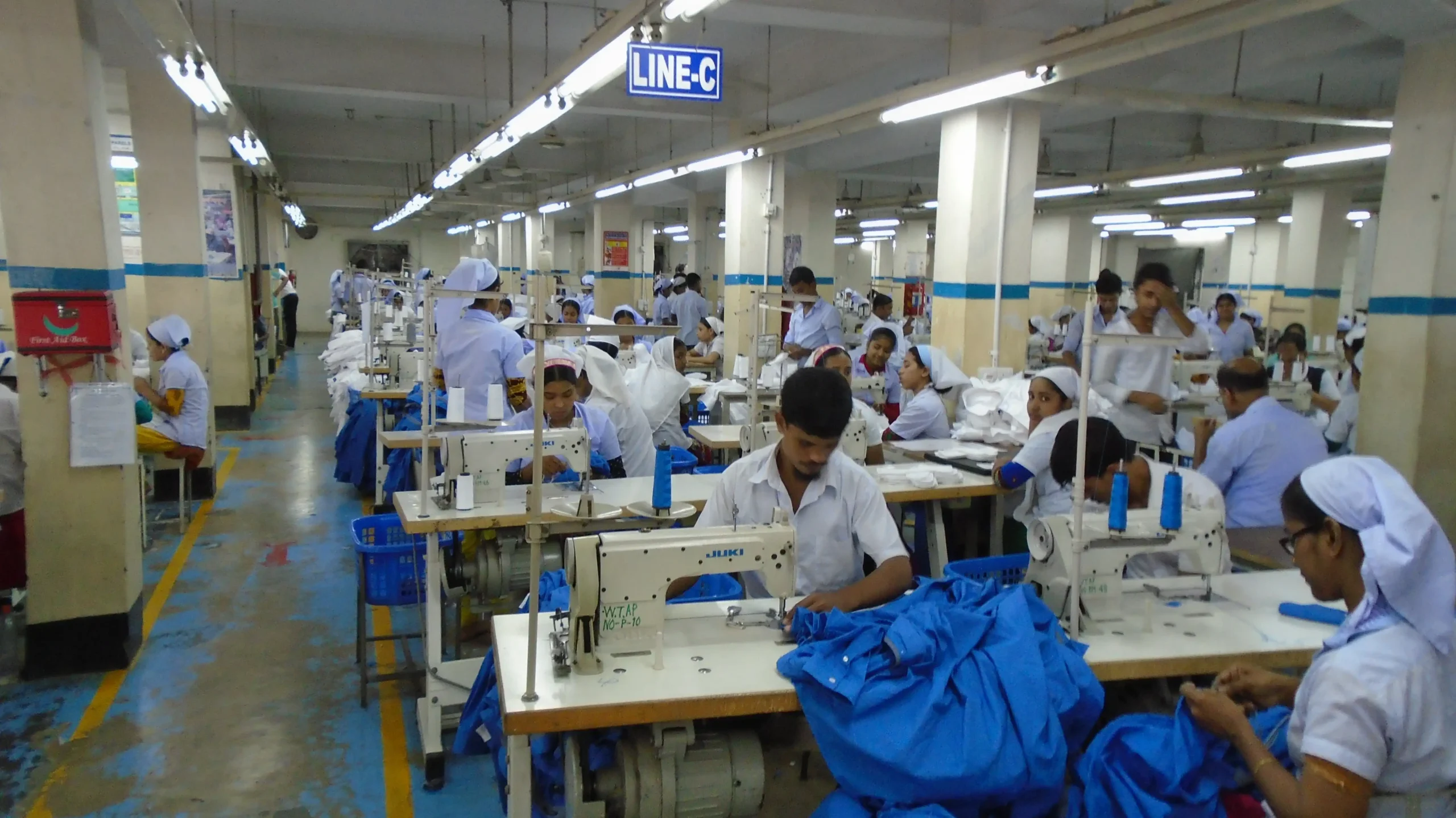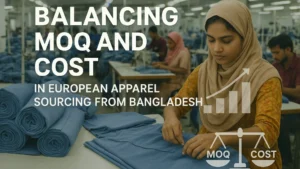In the highly competitive apparel manufacturing industry, ensuring garment quality and on-time delivery is critical. While machines, fabric quality, and design often get the spotlight, one crucial factor that is often overlooked is the skill mismatch of sewing operators. This hidden issue can significantly affect seam strength, appearance, and ultimately your brand reputation.

Why Operator Skill Matters in Garment Production
Sewing is the core of garment production. Regardless of how premium your fabric or how precise your pattern cutting is, the quality of your seams depends entirely on the operator’s stitching skills. Skilled operators maintain consistent stitch tension, avoid seam puckering, and ensure durability — all critical factors for product integrity.
The Real Impact of Operator Skill Mismatch
In many factories, production managers assign sewing tasks based on availability rather than capability to meet tight deadlines. While this might seem practical, it often leads to quality control issues such as:
- Inconsistent stitch tension
- Skipped stitches
- Seam puckering
- Increased rework (10–15% typical)
- Shipment delays
- Higher rejection rates (in some cases up to 28%)
Such defects usually only become visible during final quality audits or after bulk washing, leading to costly production setbacks and damaged buyer trust.
The Solution: Skill Mapping in Apparel Manufacturing
Skill mapping is a simple yet effective way to prevent operator mismatch. This process involves evaluating each operator’s sewing capabilities and assigning tasks based on their proficiency levels. Complex operations like topstitching, armhole joining, and curved seams are reserved for highly skilled operators, while simpler tasks go to less experienced staff.
Benefits of skill mapping include:
- Improved stitch consistency
- Reduced rework and waste
- Faster production turnaround
- Enhanced buyer satisfaction and trust
Our Approach to Quality Sewing Operations
At Ethnotex and through my consultancy, we implement a rigorous system to:
- Track operator performance continuously
- Coach supervisors on effective operator allocation
- Introduce inline quality checks to detect defects early
This proactive approach not only reduces seam defects but also ensures reliable delivery schedules and long-term client relationships.
Watch Our Video: Operator Skill Mismatch & Seam Quality Explained
For a concise overview, watch this short video explaining how operator mismatch impacts seam quality and how skill mapping can fix it:
Conclusion
In apparel production, every detail counts. Operator skill mismatch is a silent but costly risk to seam quality and on-time delivery. By adopting skill mapping and proactive operator management, factories can achieve consistent quality, reduce rework, and gain the trust of global buyers.
Ready to Improve Your Apparel Production?
If you’re looking to boost your garment quality and streamline your production process, let’s connect!






